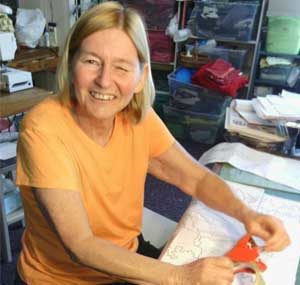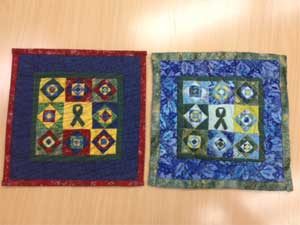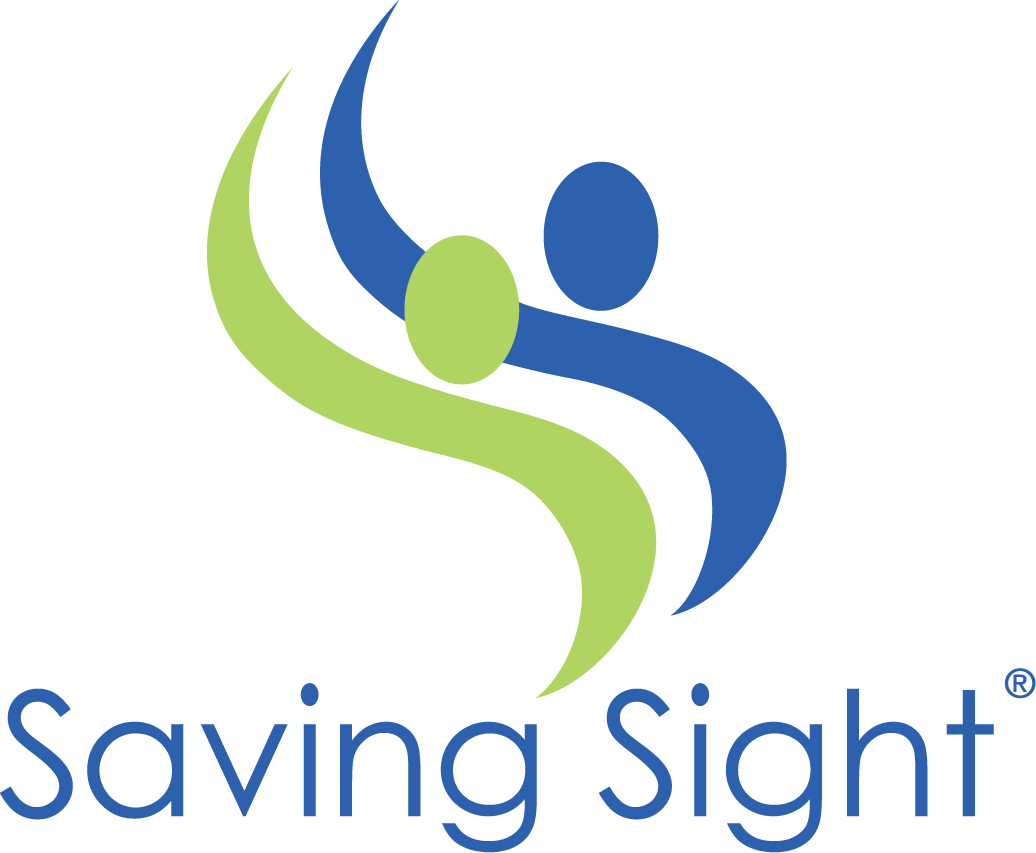
Susan, from Grandview, MO, is back to quilting and her other favorite hobbies thanks to her cornea donors, her surgeon, and Saving Sight.
“Five or six years ago, when I renewed my driver’s license, I almost failed the vision test. They told me I wouldn’t pass the next time,” said Sue of Grandview, Missouri. “So I decided to see an ophthalmologist for an eye exam before my next driver’s test.” However, Sue’s vision problems persisted. “Then one summer, three years ago, I went outside on a very bright day,” she said. “I saw little shards of sparkles in the air. I couldn’t figure out what it was—it was annoying and only happened in the sunlight.” At her doctor’s recommendation, Sue visited Sabates Eye Center in Leawood where she was diagnosed with Fuchs’ corneal dystrophy,a disease that causes the corneas to deteriorate. “The doctors said I was going blind,” Sue remembered. “That’s scary to hear, but they told me it’s a curable disease.” Approximately a year later in August 2013, with the diagnosis of Fuchs’ dystrophy confirmed, Sue received her first corneal transplant, which replaced the diseased part of her cornea.
Sue has experienced vision problems her whole life. As a child, she suffered from amblyopia (“lazy eye”) and had almost no sight in her left eye. She wore a patch over the stronger eye to help strengthen the weak eye, a common treatment for amblyopia. “I started wearing glasses at six years old, and that’s the first time I saw that things have hard lines,” she said.
After her first transplant surgery, Sue admits to feeling impatient and disappointed with the results. “I didn’t know that it takes time for the cells to grow, plus I didn’t get new glasses until after the second transplant in December,” she said. By February or March, after the second surgery, her sight was improving. “At each checkup my sight was a little better,” she said. “I was able to read small font and see better at a distance. I am seeing things I haven’t seen in years.”

Another of Sue’s hobbies is oil painting. Before the transplant surgeries, everything was dark and slightly fuzzy for her. “My teacher asked me why I paint everything so dark,” Sue said. “I told her, ‘I don’t, that’s the way I see it.’ Now, the colors I see are so brilliant. I realized that not a lot of light was getting into my eyes, so I couldn’t see true colors. In the distance, I could not see tree leaves or birds in the sky. The loss was so gradual I didn’t realize for a long time just how bad my sight had gotten.”

Two miniature quilts Sue gave to Saving Sight as part of her “The Grateful Series.”
With her sight restored, Sue is back to work as a guest service representative at Target and returned to her favorite hobbies: quilting, painting,
reading, gardening, and baking. In fact, she’s currently at work on creating a series of miniature quilts: one for each of her cornea donors’ families, two for Saving Sight, one for her surgeon, Dr. Macaluso, and one for herself. “People have helped me and I wanted to show how grateful I am for their gifts. Now I can continue to enjoy my passion for color through painting and quilting.”
To join the millions of Americans like Suewho signed up for the donor registry, register online at Donate Life America or at your local Department of Motor Vehicles office. And be sure to share your decision with your family and friends.

